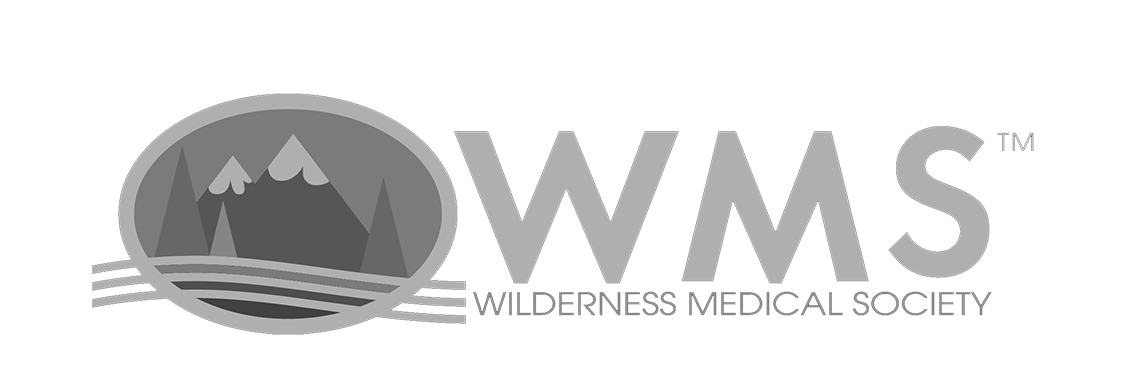
GO WHERE THERE
IS NO DOCTOR®
Learn What To Do In a Medical Emergency
Get the Duration Health Field Guide, plus access to our free email series, Where There is No Doctor. We’ll teach you how to treat the most common medical issues, anywhere.
Duration Health, Inc.
[email protected]
2550 Pacific Avenue, Suite 705
Dallas, TX 75226
(855) 340-8969
Privacy Policy
Notice of Privacy Practices
Terms and Conditions
© 2025 Duration Health
Become a Brand Ambassador 🚀
We're hiring!
How to approach Pediatrics Only your Duration Health provider can decide, based on your medical history and other factors, whether it is medically appropriate for you to receive prescriptions. We do not sell prefabricated bags of pharmaceuticals. Each Duration Health Med Kit that contains prescription medications is custom assembled, tailored to each individual patient's needs.
Duration Health is not a pharmacy, is not a nonprescription retailer, and does not sell medications directly. To be able to deliver a customized kit of medications, Duration Health has partnered with a third-party mail order pharmacy. You may request that any prescriptions be sent to an alternate pharmacy. Duration Health charges an administrative convenience fee for its services, but Duration Health does not sell prescription or over-the-counter ("OTC") drugs, mark-up the cost of prescription or OTC drugs, or retain any portion of the fees our affiliated pharmacy charges to you. Nor does Duration Health provide medical advice about or prescribe OTC medications. In states where Duration Health’s physician consultation services are not offered, Duration Health only offers OTC products and does not provide clients with access to obtain a physician consultation. Clients are free to purchase OTC medications of their choice as an OTC-only kit.
You must complete the included online telehealth visit, including a complete medical history and ID verification, before any prescriptions are issued. You may not be eligible to receive items pictured or described on this site. Furthermore, renewal of your prescriptions is contingent upon continued medical appropriateness. Generics only. Brand names are listed on our site for your reference, but in most cases, only generic (non-brand) medications are included in our Med Kits. All brand names and trademarks are the property of their respective owners. No controlled substances. Our formulary excludes controlled substances like opioids, benzodiazepines, and other potentially addictive medications. Treatment not guaranteed. No medication is guaranteed to work or guaranteed to treat a particular condition or disease. Use medications only as directed by a physician. Medication uses listed on this site are for educational purposes only and are not intended to represent indications for treatment. Email support only. Our providers are available via email to answer questions about your Med Kit. For non-emergency use only. In an emergency, call 911 or seek local emergency care. No routine care. Duration Health email support cannot be used for routine primary care. Medications prescribed by Duration Health cannot be used for routine purposes. This product is intended only for people who are unable to obtain regular medical care. You must anticipate living, working or traveling where care is unavailable. As a condition of purchase, you must consent to use of these medications only when regular access to medical care is unavailable. Your eligibility for Health Savings Account (HSA) or Flexible Spending Account (FSA) payment and reimbursement is not guaranteed; consult with your health plan, a qualified accountant, or a tax professional to determine your eligibility for reimbursement. Duration Health does not provide or claim to provide any medication or other item to prevent, treat or cure COVID-19.
The information provided on this site is intended for your general knowledge only and is not a substitute for professional medical advice or treatment for specific medical conditions. You should not use this information to diagnose or treat a health problem or disease without consulting with a qualified healthcare provider. Please consult your healthcare provider with any questions or concerns you may have regarding your condition. If you think you may have a medical emergency, call your doctor, go to the emergency department, or call 911 immediately.
We maintain partnerships with various publishers and content creators to promote our products and services. These partners may receive payments as a result of your actions on our website, including, but not limited to, clicking on links, creating an account, or signing up for newsletters or other promotional materials. The compensation we provide to our partners may influence the content, topics, or posts featured on our website, but it does not affect the quality, integrity, or accuracy of the information provided.
The testimonials featured on our website are provided by real customers who have purchased our products and services. These testimonials are based on their personal experiences and opinions. It is important to note that your experience with our products or services may differ from the experiences and opinions expressed in the testimonials. You may not achieve similar results or experiences as those described in the testimonials.
See our Frequently Asked Questions (FAQ), Privacy Policy, Notice of Privacy Practices and Terms and Conditions for more important disclaimers.
